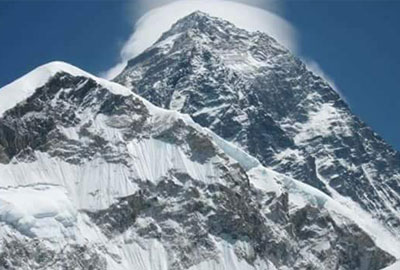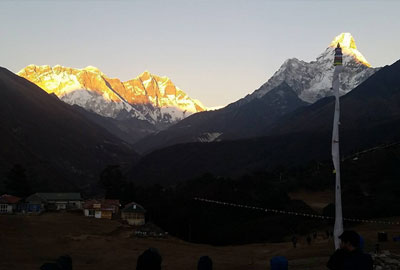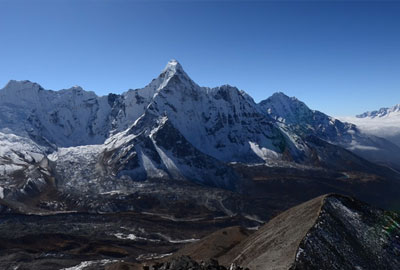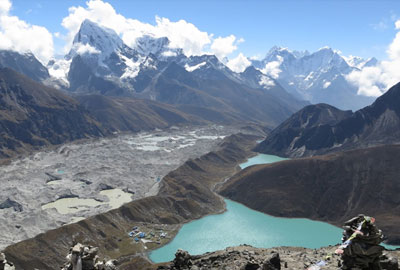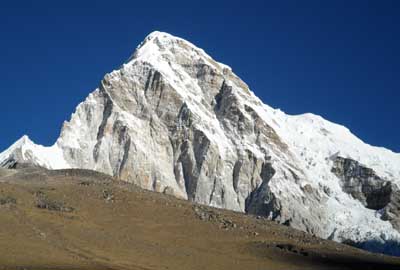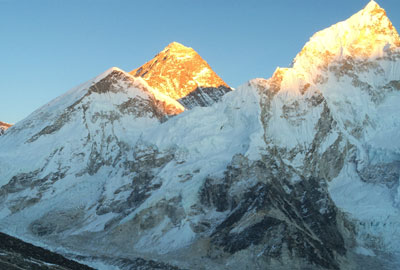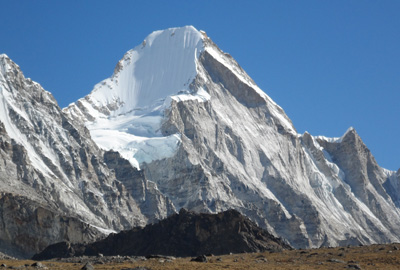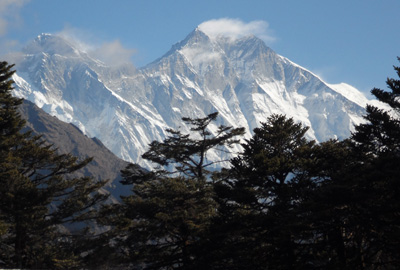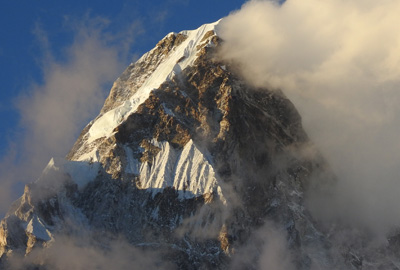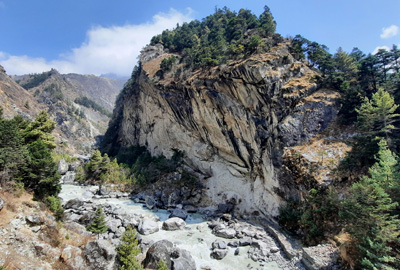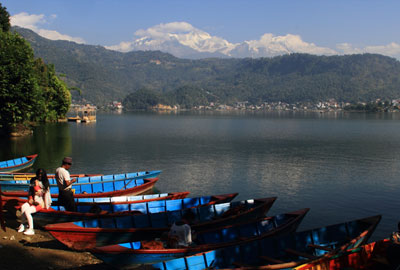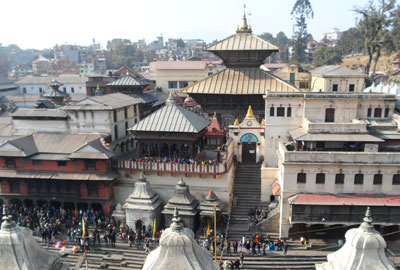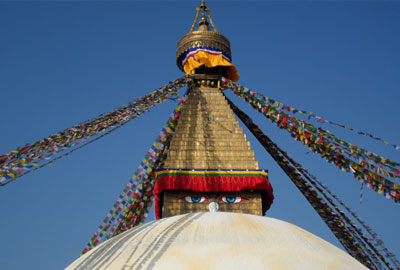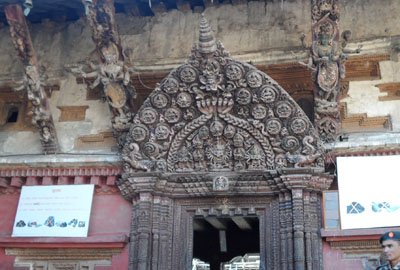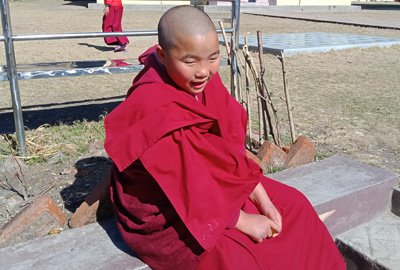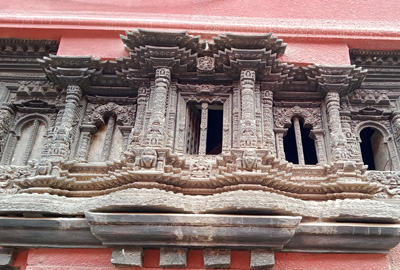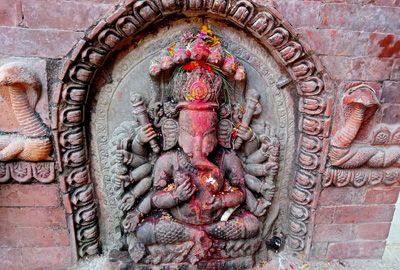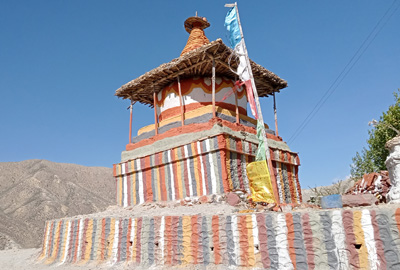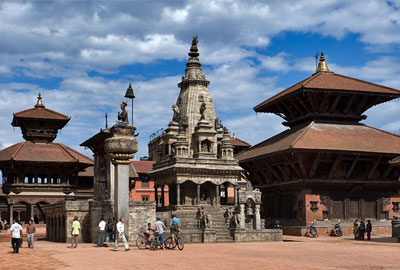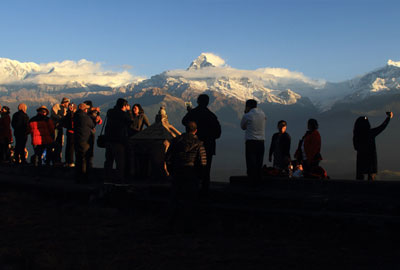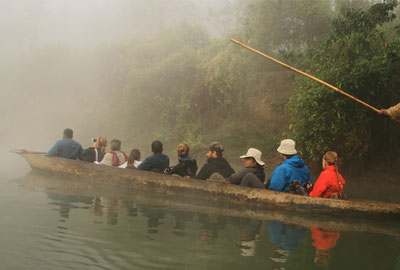
Everest Base Camp Trek
Everest region located in the eastern part of Nepalese Himalaya. Going Everest that does mean to Everest base camp for many people, but from kalapatthar you get the best view of the mountain. Everest is a bordering mountain between Nepal and Tibet (an autonomous region belongs to china). Everest has two base camps, one in Nepal and one in Tibet. Everest base camp in Nepal people have to walk after taking a flight to Lukla or they can directly take a chopper trip to Everest base camp as well. Everest base camp in Tibet you could drive just next to the Base camp. Trekking to Everest base camp is a dream trip and one of the life time experiences for many people. Our Everest base camp itinerary is designed to fulfill this dream adventure with unforgettable experiences for many of our customers. Travellers with good health condition and with or without prior experience in the high altitude trekking can sign up for the trip. Our itineraries are specially designed to ensure our customers get proper acclimatization and best possible experience of walking in the Everest area. The journey to the roof of the world start with taking a short flight to Lukla and passing through many of the Sherpa villages and visiting one of the popular monastery of the area.
The overview of the Everest Base Camp Trek
The Everest is considered as the roof of the world because it is the tallest point of world. Expedition to Everest is Expensive and out of reach for many persons so many people has a dream to go to Everest finish up going to the basecamp. Everest Base Camp is actually a point from where people are not allowed to go further without climbing permit. Normally the base camp is full of colorful tents during climbing season and they even make a temporary helipad to get the supplies. The Everest Base Camp is always furnished with tents with tea shops inside and visitors can enjoy a cup of tea, coffee or hot chocolate when they are there. Except the expedition members and their staff other people are not allowed to sleep there at Everest Base Camp.
The trip to Everest Base Camp starts from arriving to Kathmandu, from Kathmandu one can take a flight to Tenzing-Hilary airport at Lukla which is located at an elevation of 2860m. The flights are normally operated from either Kathmandu or from Ramechhap. One can take a transfer early in the morning from Kathmandu to reach Ramechhap. It normally takes 4 hours on a private transport. After landing to Lukla simple airport formalities and one can come out. Lukla is one of the biggest villages in the area and there are plenty of guest house, shops selling mountain gears, coffee outlets and a gathering place for trekking crews. As your guide and porter arrange your bags on easy way to start walking, one can simply take a rest. The adventure to Base Camp starts right there pass through villages, farmland and forest. The trail then passes to Phakding and overnight stay there. The next day is one of the tough days of whole trip as this day one has to reach at an elevation of 3440 m. The reward of a climb is one can take a rest next day and discover the surrounding area of Namche. After a day rest the trail heads up at the beginning and goes down and climb up again to reach Tyangboche which houses a beautiful monastery of the area. Tyangboche monastery is one of the biggest monasteries of the area. The view of Amadablam from Tyangboche is so spectacular one does not like move from this place. Descending down at the beginning and crossing the river the trail ascends and reach the village of Pangboche. The luxury lodge ends in this village. Continue further from Pangboche and crossing the river again one can stop at Dingboche for overnight. From Dingboche one of the trails follow to reach Island peak after crossing the village of Chhukung and another trail lead to Thokla and Lobuche, Lobuche is the ideal place for overnight stay. Located at an elevation of 4700 meters, one can get rooms with warm heater paying some extra dollars and that is worthy doing that. The trail from Lobuche pass through harsh topography without significant vegetation and full of boulders. One has to take a great care during winter as the area might be covered with snow which is not stabilized. The trail seems very slippery just few days after snowing. After few hours of walk one can reach Gorakshep and take a lunch there. From Gorakshep where the last lodges are located the trail continues to Base Camp. Visit Basecamp and come back the same trail and an overnight stay at the highest elevation of the area. People normally get mild symptoms of mountain sickness in this point. Restlessness, little bit of nausea, sleep disorder is common here. The next morning is the highlight of the whole trip, one has to wakeup early and head towards the highest point of the whole trip. Kalapathhar located at an elevation of 5500 meters above sea level is the best view point to see the Everest in giant form. The same trail retracing back one can reach Lukla again and taking another scenic flight to come to Kathmandu. One the way back instead of coming the same trail one can follow the different route to go to beautiful village of Phortse with clusters of similar buildings.
Weather in Everest to do Mount Everest Base Camp Hike
The mountain climate is hard to predict as it is changing very fast. The weather is dependent with the elevation also. The weather forecast system in Nepal doesn’t have sophisticated technology so not very accurate. In general mornings are clear and afternoons are cloudy except in the winter. Winter time even afternoons are clear. The winter time the temperature goes down drastically and there are various factors like wind, snow and wind direction make a change in temperature. December, January and February are the coldest months. The temperature in base camp in the winter might go 20 degrees Celsius below zero. As sun coming up the temperature grow again. The trail is beautiful with rhododendron flower in March- April specially below tree line.
Everest Base Camp when to go
People can visit Everest Base Camp throughout the year but the rainy season from beginning of June to end of August the trail might be wet and muddy. Due to dense cloud in the passes and even at lower elevation the flight to Lukla might cancelled so we recommend to do this trek from March to June and September to December. If one can cope the low temperature January and February has the spectacular view as everything condensed down.
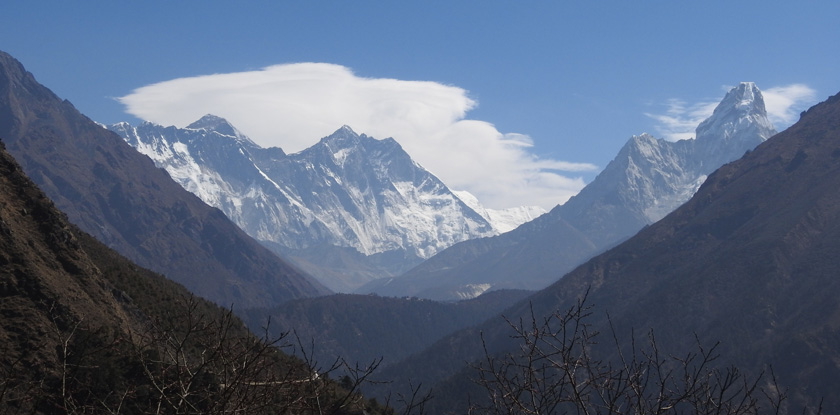
Necessary preparation and clothing for Everest Base Camp Trekking
Everybody with normal physical condition can accomplish the trip. The itineraries are variable depend with the interest, age group, physical condition, health condition as well as ability to adapt the climatic condition. As climbing up our physiology is slightly changing and body tend to adapt the elevation and oxygen level in the thin atmosphere. Sufficient rest days are necessary to complete the trip successfully. Warm clothing and a nice sleeping bag are recommended to complete the trip. You can check our blog for the packing list of clothing as the flight has weight restriction for passengers flying from Kathmandu to Lukla. The detail of the pack list is available at https://www.himalayantravelconsultant.com/pack-list-to-go-to-everest-base-camp-by-himalayan-travel-consultant.html you can even write to us if you have any queries regarding clothing and preparation of the trip.
Climate, flora and fauna in Everest Base Camp Trek
Everest Base Camp Trek is the part of the Sagarmatha National Park which occupies area of 1148 sq. kilometers and there is a buffer zone of 275 sq. kilometers. Mainly the Sherpa people are living in this area. The climate varies due to elevation and the observed climatic zone is from lower temperate, upper temperate, sub-alpine and alpine. The major glacier in the Everest region are Khumbu, Imja, Nangpa and Ngozumpa.
The vegetation keeps changing due to elevation as well. Lower elevation is full of pine, hemlock, fir, juniper and birch. As elevation goes higher the vegetation go sparse but the black juniper is observed even at the elevation of 4000 meters. Above 4000 meters dwarf grassland and cushion plants are observed.
The giant mammals in the area Snow Leopard, Musk Deer and Red Panda. In the trekking route Musk Deer and Himalayan Thar are frequently sighted. Lower elevation is full of Langoor, Jackal and wolf. The different type of birds also observed in the area. Nepal’s national bird Lophophorus is frequently sighted during the trek.
Everest Base Camp Trek price
We have all inclusive price for the trip is $1390 per person on the basis of twin sharing accommodation and minimum 2 travelers. We believe over the philosophy of only me in the trip paying $299 extra and if there are bigger group please write to us about what we can offer to you. You can place a deposit to confirm your place and we do all the necessary reservation and paper works. The balance payment you can make once you arrive to Kathmandu. If this creates problem to you please do not hesitate to discuss with us about the alternatives. You can send an email at info@himalayantravelconsultant.com or send a message in WhatsApp or Viber at +977 9851126351 you get an instant reply.
Difficulty level of the Everest Base camp trek
Everest Base Camp trek is not the most difficult trek in Nepal neither in Everest Area. Only problem of the Everest Base Camp Trek is walking in the higher elevation for significant days. As one can take a flight to Lukla, the trailhead is already at higher elevation, in a second day the trek goes to more than 3,000 meters above sea level. The last part before reaching Base camp and just after Lobuche the trail is full of boulders and walking there is difficult when it snows. As the erosion continues in this area fine sediments are washed away and only big boulders remaining, when it snows, the gap between the boulders are filled up with loose fresh snow and it is very difficult for people figuring out the depth of the gap and lose their balance. When snow melts partially that develop a very slippery surface giving difficulties for walking. As Everest area is communicated well one can always get a rescue helicopter if they are having serious troubles. Any age group with normal physical fitness can do Everest Base Camp trek.
Are you looking for more adventurous trek than Everest Base camp Trek you can check our itinerary of Everest Base Camp with Gokyo valley and Cho-la Pass or Everest Three High Passes Trek.
Can you drive to Everest Base Camp?
As Everest is the bordering mountain between Nepal and Tibet it basically has two base camps, if you go to base camp on Tibet side you can drive up there but if you go to Nepal side you cannot drive there but you can still take a helicopter there but legally not allowed to land there. Everest Base camp is located above the active glacier and there is no helipad for many months. They make helipad during climbing season that mean March to June but only for utilizing for rescue and receive supplies for expedition team member and their staffs.



